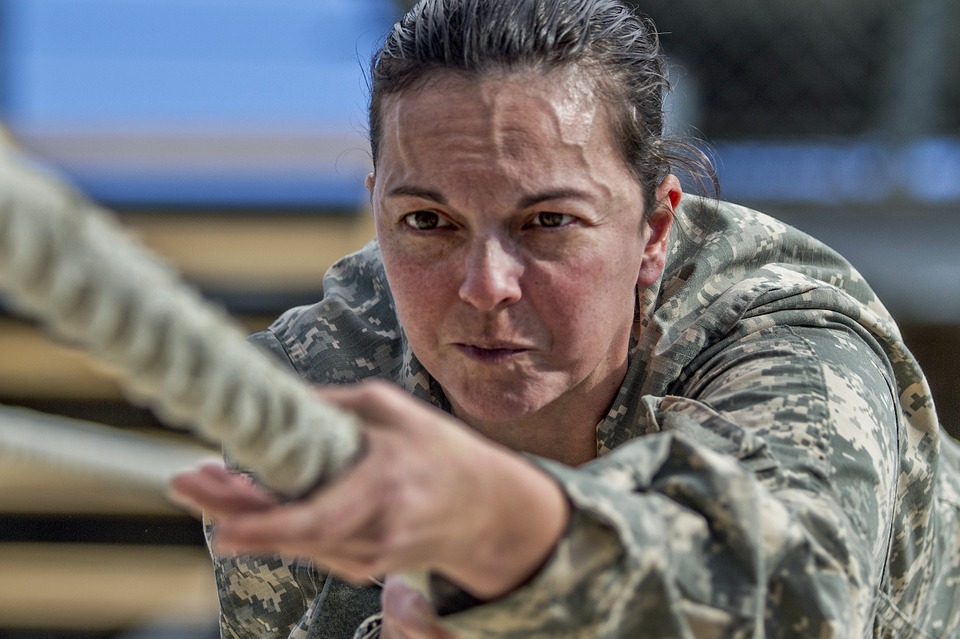
Children with autism who attend regular education classes may be more likely to improve their social skills if their typically developing peers are taught how to interact with them than if only the children with autism are taught such skills. According to a study funded by the National Institutes of Health, a shift away from more commonly used interventions that focus on training children with autism directly may provide greater social benefits for children with autism . The study was published online ahead of print on Nov. 28, 2011, in the Journal of Child Psychology and Psychiatry.
“Real life doesn’t happen in a lab, but few research studies reflect that,” said Thomas R. Insel, director of the National Institute of Mental Health (NIMH), a part of NIH. “As this study shows, taking into account a person’s typical environment may improve treatment outcomes.”
The most common type of social skills intervention for children with autism is direct training of a group of children with social challenges, who may have different disorders and may be from different classes or schools. The intervention is usually delivered at a clinic, but may also be school-based and offered in a one-on-one format. Other types of intervention focus on training peers how to interact with classmates who have difficulty with social skills. Both types of intervention have shown positive results in studies, but neither has been shown to be as effective in community settings.
Connie Kasari, Ph.D., of the University of California, Los Angeles, and colleagues compared different interventions among 60 children, ages 6-11, with autism . All of the children were mainstreamed in regular education classrooms for at least 80 percent of the school day.
These children were randomly assigned to either receive one-on-one training with an intervention provider or to receive no one-on-one intervention. The children were also randomized to receive a peer-mediated intervention or no peer-mediated intervention. The two-step randomization resulted in four intervention categories, each with 15 children who had autism:
- Child-focused: direct, one-on-one training between the child with autism and intervention provider to practice specific social skills, such as how to enter a playground game or conversation
- Peer-mediated: group training with the intervention provider for three typically developing children from the same classroom as the student with autism ; the affected student did not receive any social skills training. The participating children were selected by study staff and teachers and were taught strategies for engaging students with social difficulties.
- Both child-focused and peer-mediated interventions
- Neither intervention.
All interventions were given for 20 minutes two times a week for six weeks. A follow-up was conducted 12 weeks after the end of the study. After the follow-up phase, all children with autism who had received neither intervention were re-randomized to one of the other treatment categories.
Children with autism whose peers received training—including those who may also have received the child-focused intervention—spent less time alone on playgrounds and had more classmates naming them as a friend, compared to participants who received the child-focused interventions. Teachers also reported that students with ASD in the peer-mediated groups showed significantly better social skills following the intervention. However, among all intervention groups, children with autism showed no changes in the number of peers they indicated as their friends.
At follow-up, children with autism from the peer-mediated groups continued to show increased social connections despite some of the children have changed classrooms due to a new school year and having new, different peers.
According to the researchers, the findings suggest that peer-mediated interventions can provide better and more persistent outcomes than child-focused strategies and that child-focused interventions may only be effective when paired with peer-mediated intervention.
In addition to the benefits of peer-mediated interventions, the researchers noted several areas for improvement. For example, peer engagement especially helped children with autism to be less isolated on the playground, but it did not result in improvement across all areas of playground behaviour, such as taking turns in games or engaging in conversations and other joint activities. Also, despite greater inclusion in social circles and more frequent engagement by their peers, children with autism continued to cite few friendships. Further studies are needed to explore these factors as well as other possible mediators of treatment effects.